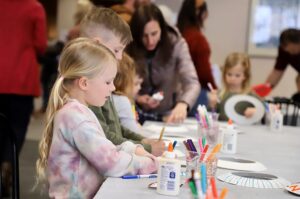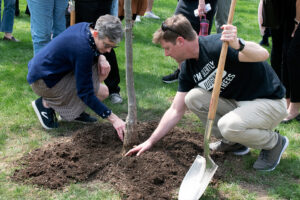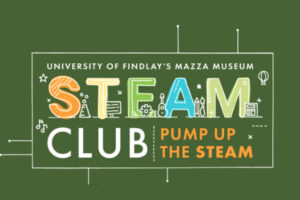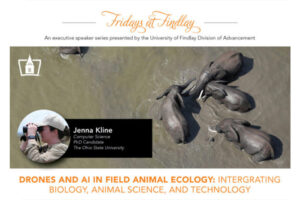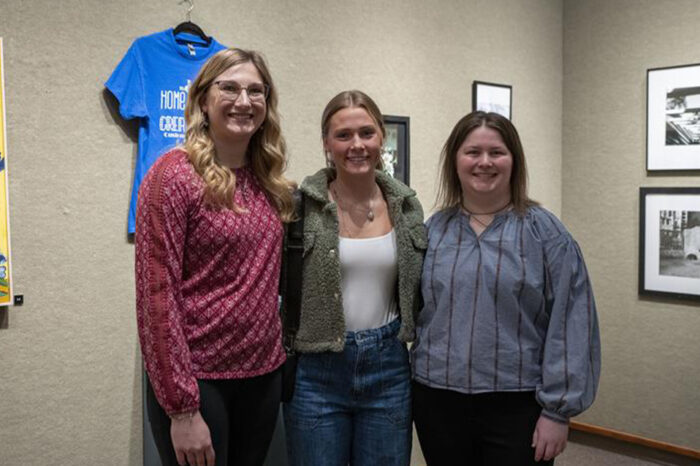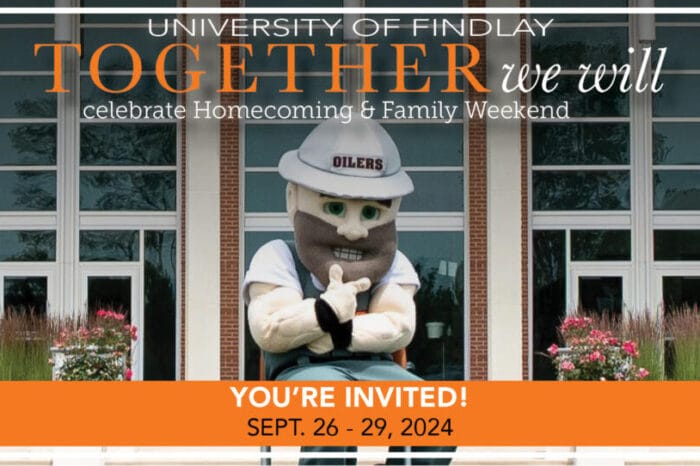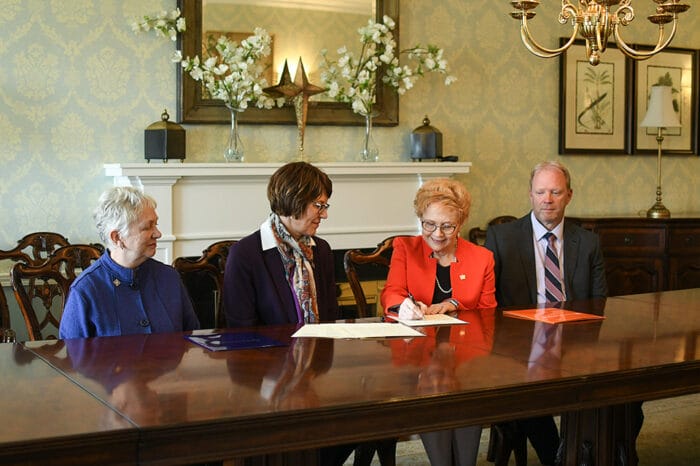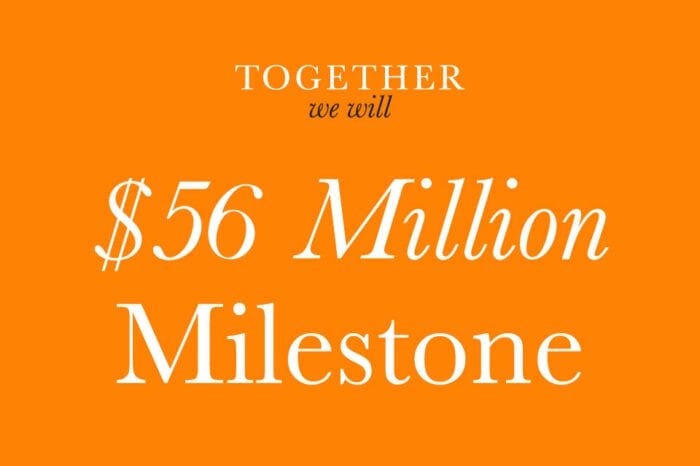American Sign Language: Forging a Communication Connection
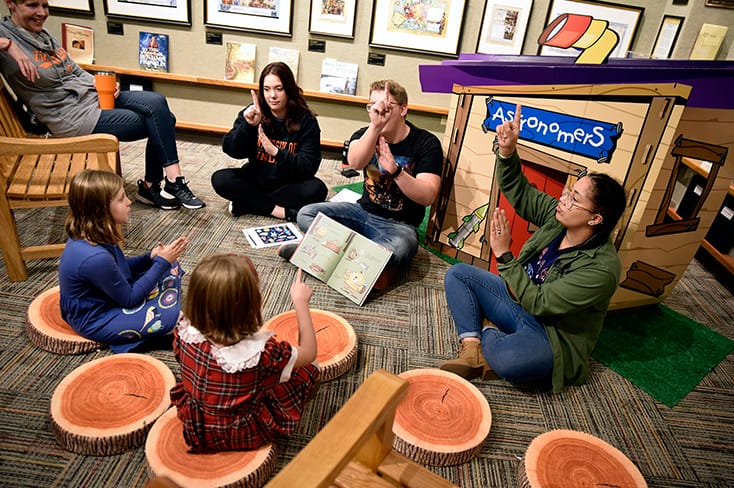
The importance of communication has become even more apparent during this current period of life. Getting information out regularly and clearly has been something we’ve seen being attempted from Ohio’s governor, Mike DeWine, and other governors, mayors, and health officials, in an effort to keep the general public informed of any new developments along our path.
As a result of the blanketing of communication, American Sign Language interpreters have taken a unique position in the spotlight alongside those who are addressing the members of the vast audience. These interpreters are relied upon by the Deaf community to add a layer of clarity to the words being spoken.
Leah Brant, University of Findlay Instructor of Teaching in American Sign Language, said that American Sign Language is, in fact, recognized as a foreign language and that there are thousands of people in the United States only who use ASL as their primary language for communication. “English would be considered their second language, if ASL is their primary language,” said Brant. “This is why having qualified interpreters is so important during the news briefings because, that way, Deaf people are receiving this information in their preferred language.”
While UF currently offers ASL I, ASL II and Deaf Culture classes, taught by Brant and instructor Kyle Parke, along with an Intercultural Studies Minor with a focus on ASL as a chosen foreign language, the courses do not prepare students to become interpreters. What the courses and minor do accomplish, however, is preparing them to interact with Deaf people they may encounter in their jobs and in their communities. “They can forge a connection with a population that is often isolated due to the communication barrier,” explained Brant.
But, actually learning to sign isn’t the only reason to study American Sign Language, Brant added. She said that her classes not only learn the language, but they also focus a great deal on Deaf culture and how the culture is different and unique to the cultures that hearing people are a part of. “Understanding Deaf culture and, again, making the connection with Deaf people, can open so many opportunities in drawing Deaf people toward businesses, services, and contacts when there are hearing people who can communicate in their primary language as well as understand their culture,” Brant said. “Being able to communicate in ASL and understanding the Deaf culture allows all of us to be part of the same community and become more enriched by knowing people outside of our culture.”
Brant said that being efficient with ASL is beneficial in almost every aspect of employment. When you speak to people–especially a good variety of them–it’s good to be able to discuss, debate, question, answer, and prepare in different fashions. She used a Pre-vet major as an example. “If a Deaf person is aware that a veterinarian knows ASL and that they can communicate easier with that vet during a pet visit, you better believe that the Deaf person will likely choose that veterinarian over another who doesn’t know ASL,” Brant said. People will generally share with their friends the positive experiences they have had and this could generate even more recognition and communication. In that respect, there isn’t a career option offered upon graduating from UF that wouldn’t benefit from having ASL skills on a resume and taken into a workplace.
ASL interpreters on televisions across the globe are making sure that everybody is as informed as they want to be for the days ahead, and their immergence on the airwaves is something that creates much needed positivity in and connection with people. “We are all experiencing isolation now, so I hope that these [interpreters] will open the eyes of many to the need and importance of learning ASL and how we can make connections right in our own towns and communities,” Brant said.
